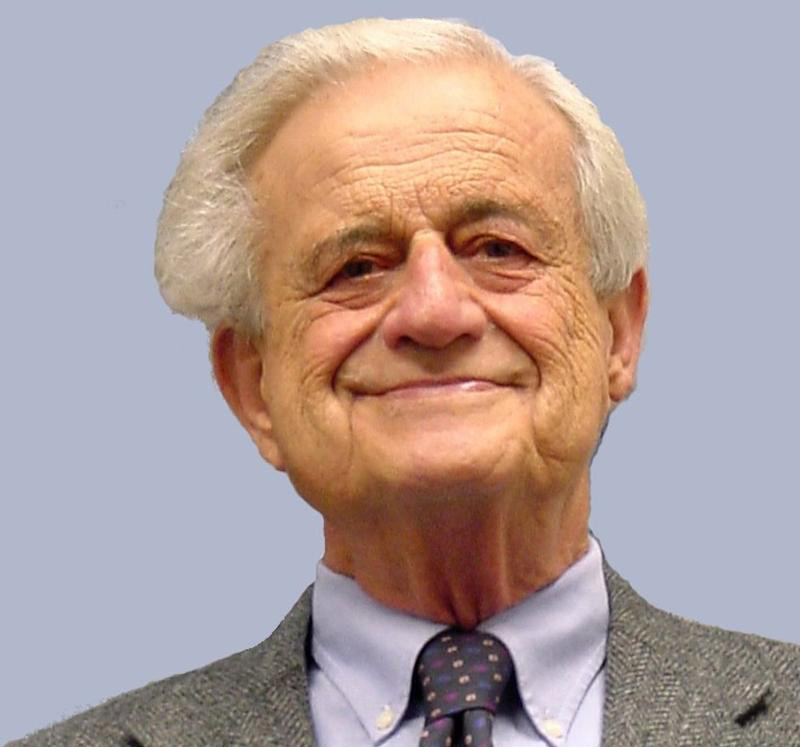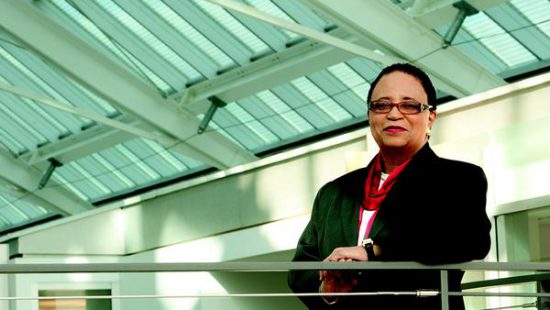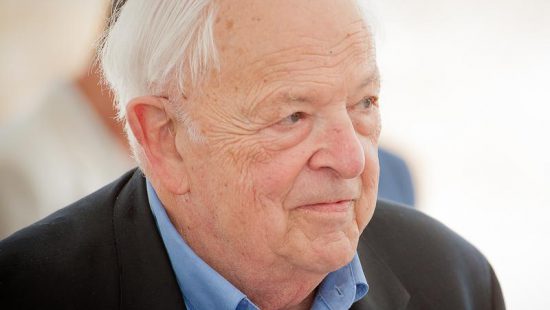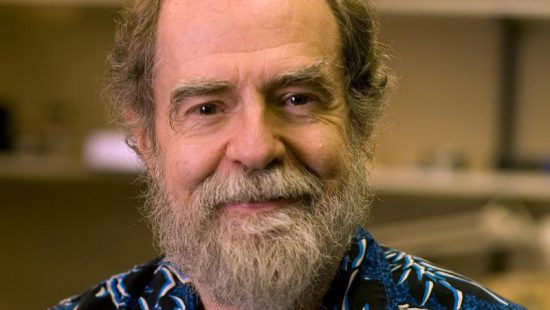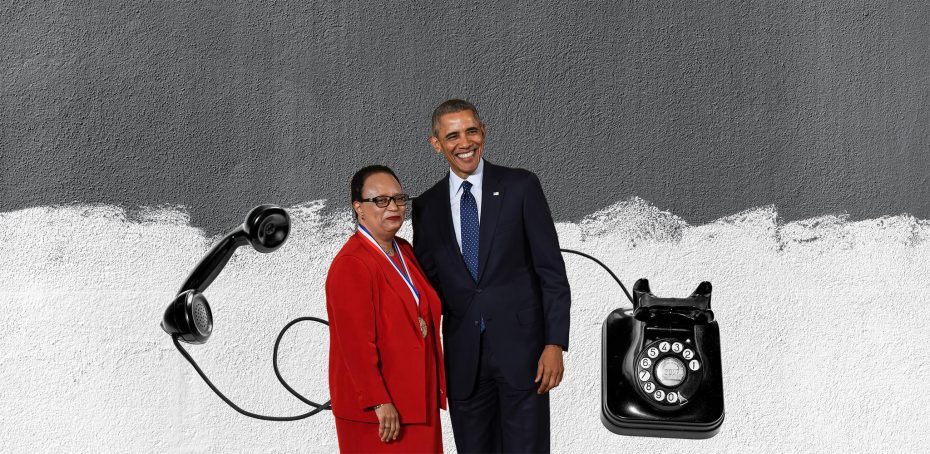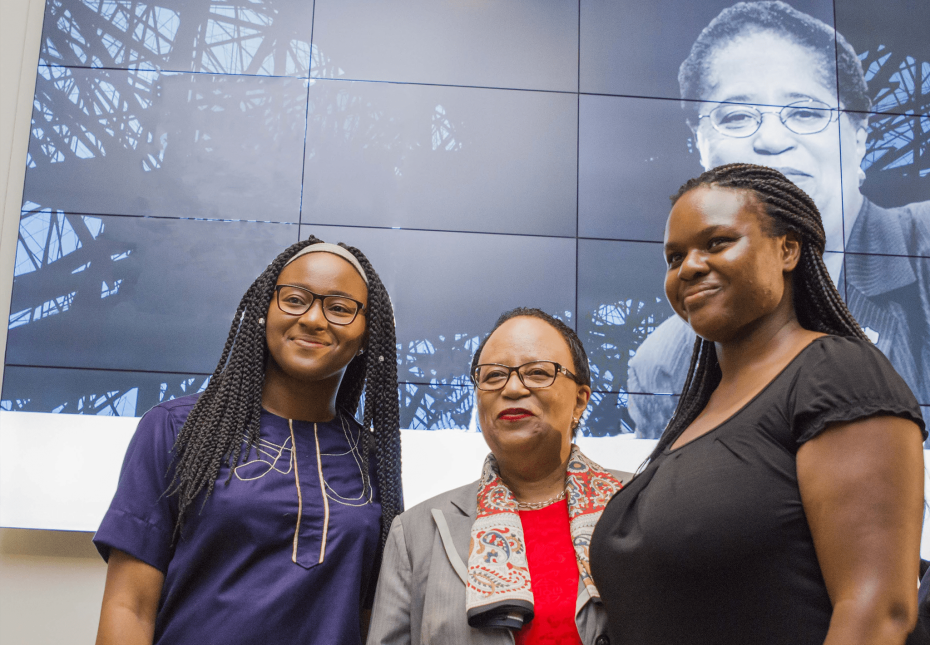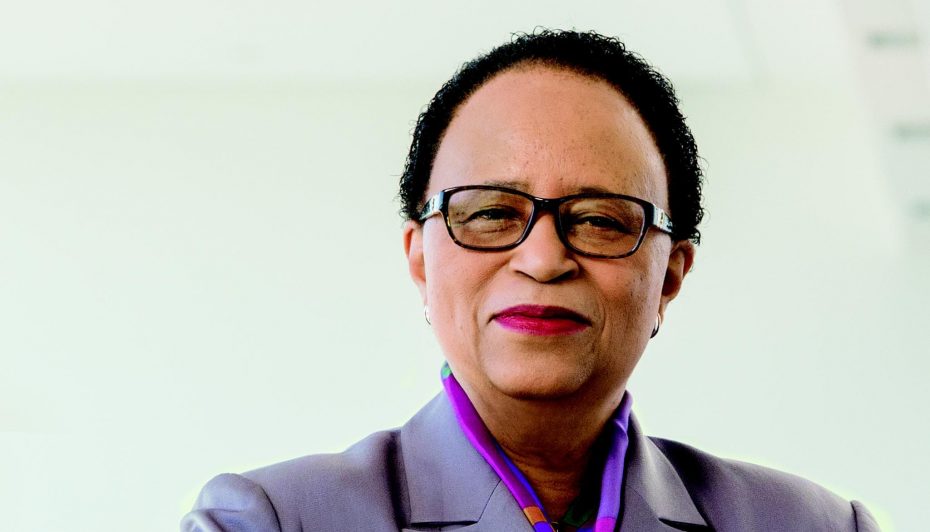Marshall N. Rosenbluth was integral towards the building and testing of the hydrogen bomb, a nuclear weapon that has 700 times the power of the atomic bomb dropped on Hiroshima. The night before Rosenbluth went to the South Pacific to test the first H-bomb in 1952, he had trouble sleeping. After thinking about the bomb’s design, he realized that he and his fellow scientists made an error that would prevent the bomb from functioning. The problem was solved through modifying the bomb’s detonator. When the bomb was finally tested, it vaporized a mile-wide island.
Following an exposure to radioactive fallout in 1954 after another H-bomb test, Rosenbluth directed his career towards more peaceful causes. He believed that plasma, a byproduct of nuclear explosions, could be harnessed and used an alternative source of energy. During the Cold War, Rosenbluth also encouraged scientific exchanges between the US and the Soviet Union in order to diffuse tensions. He was also heavily involved in the International Thermonuclear Reactor a program meant to show how fusion could possibly generate power. Through these programs, Rosenbluth was able to put us one step closer towards using nuclear energy as an alternative source of power.
By Kristen Brida

